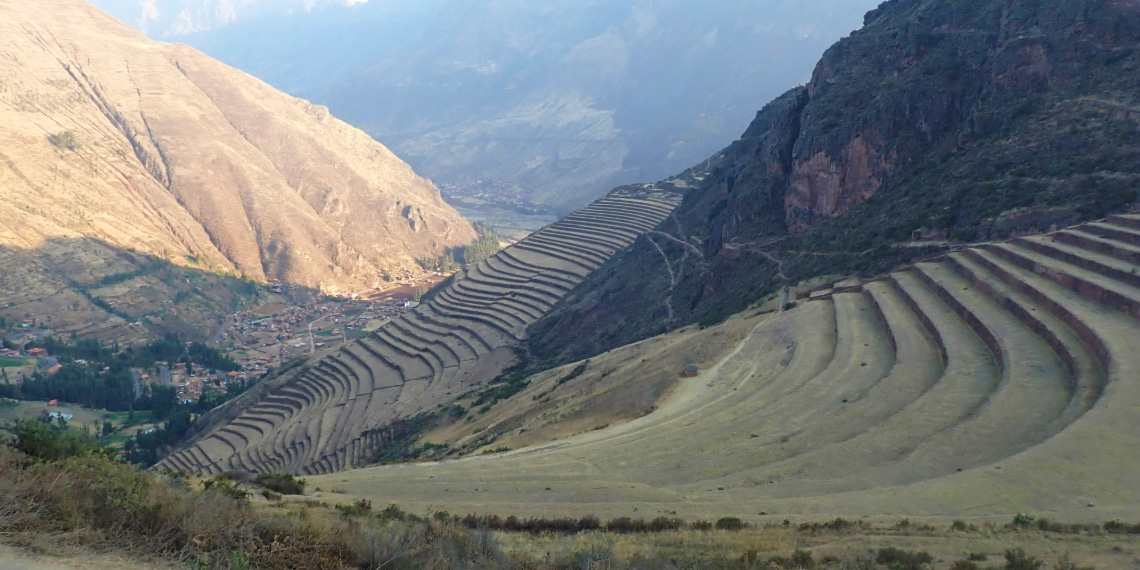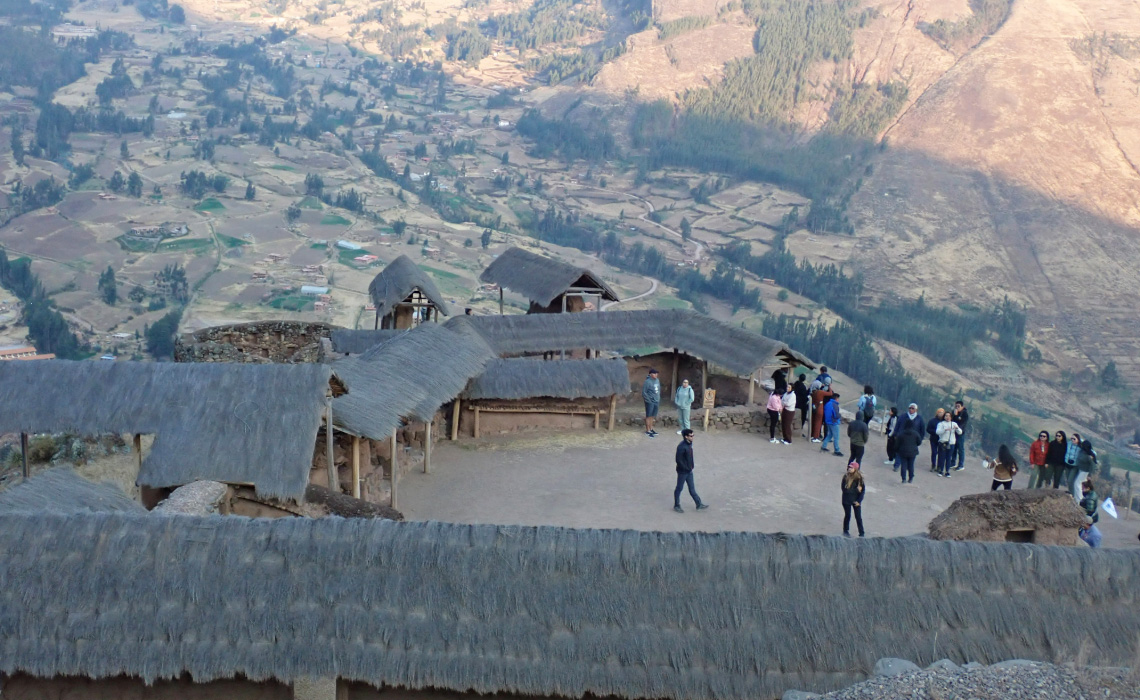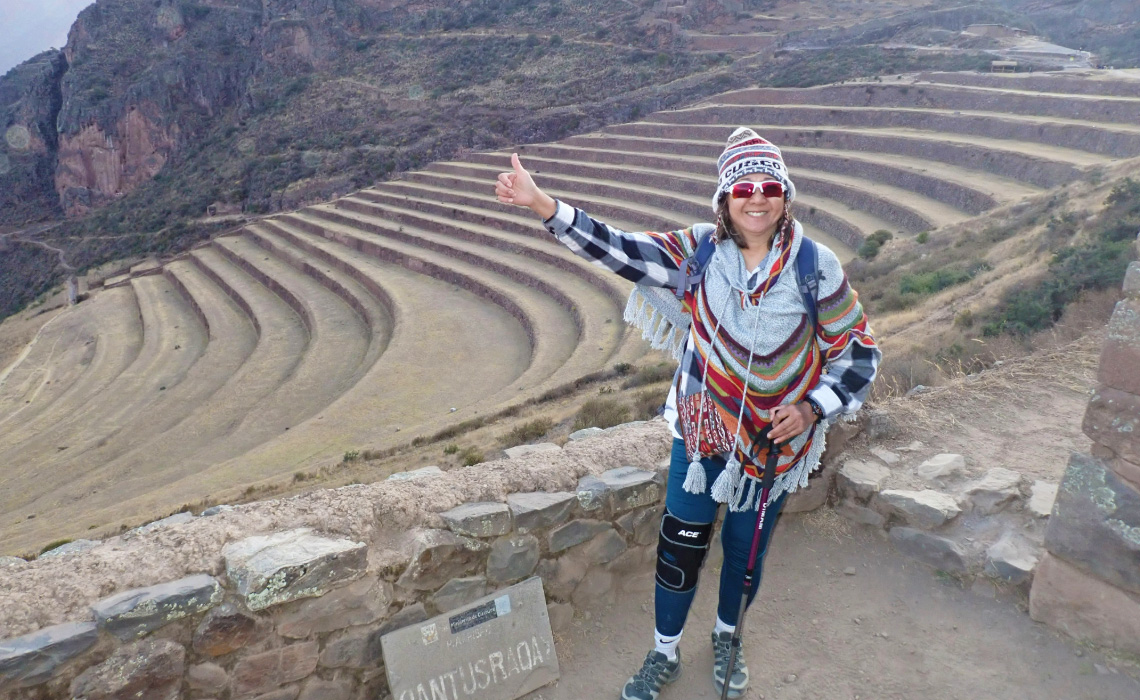Step Back in Time – Every Visit is a Discovery!
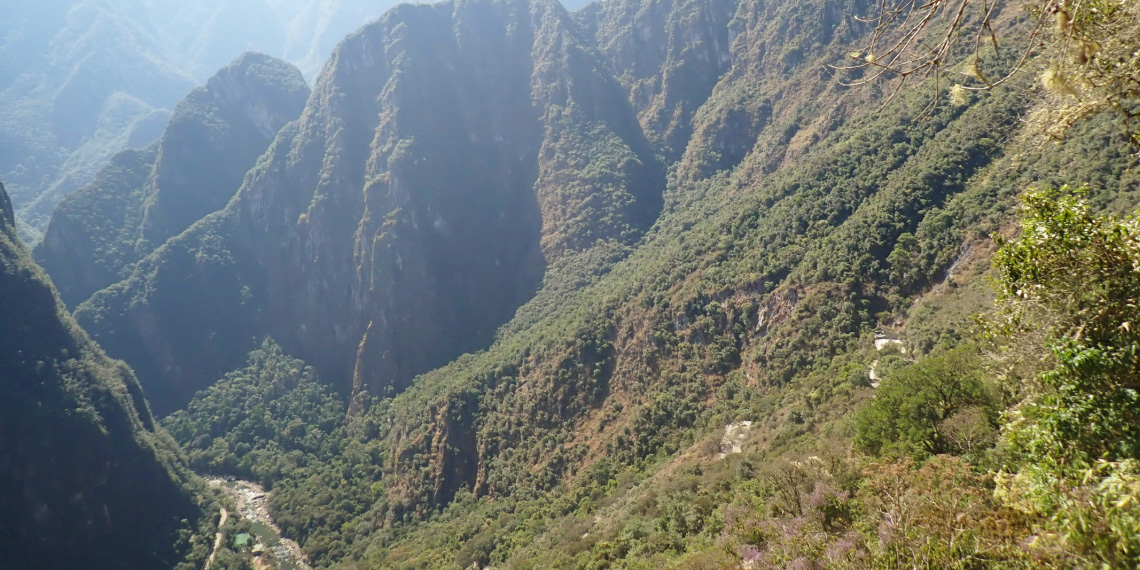
The Sacred Valley of the Incas, known as Valle Sagrado in Spanish, is a region in Peru’s Andean highlands, famed for its rich history, stunning landscapes, and vibrant culture. This valley was highly valued by the Incas due to its geographical and climatic advantages, which made it a prime location for agriculture and a strategic position for the empire.
Here’s a look at some key towns in the Sacred Valley, each with its own unique charm and historical significance:
- Pisac: Known for its bustling market and impressive Incan ruins located high above the town, Pisac offers a blend of cultural and historical experiences. The market is a great place to pick up handcrafted goods and local produce, while the ruins provide insight into Incan architecture and customs.
- Urubamba: Often considered the heart of the Sacred Valley, Urubamba is a tranquil town surrounded by towering Andean peaks. It’s a popular base for visitors looking to explore the valley due to its central location and range of accommodations.
- Ollantaytambo: This town stands out for its well-preserved Incan ruins and the old town filled with narrow cobblestone streets that have been continuously inhabited since the Inca Empire. The fortress ruins overlooking the town are a major highlight, showcasing impressive stonework and engineering.
- Chinchero: Known for its colorful market and beautiful colonial church, Chinchero is rich in history and local traditions. The town is also famous for its textile craftsmanship, with local artisans using traditional techniques passed down through generations.
- Maras: Famous for its striking salt pans, which have been in use since pre-Incan times. The salt pans are formed by natural springs that are channeled into terraced pools where the water evaporates, leaving behind crystalline salt—a fascinating process to observe.
- Moray: Close to Maras, Moray is known for its unusual Incan ruins, consisting of several terraced circular depressions. The site is believed to have been an agricultural laboratory where the Incas experimented with growing crops at different temperatures.
History Awaits at Every Turn
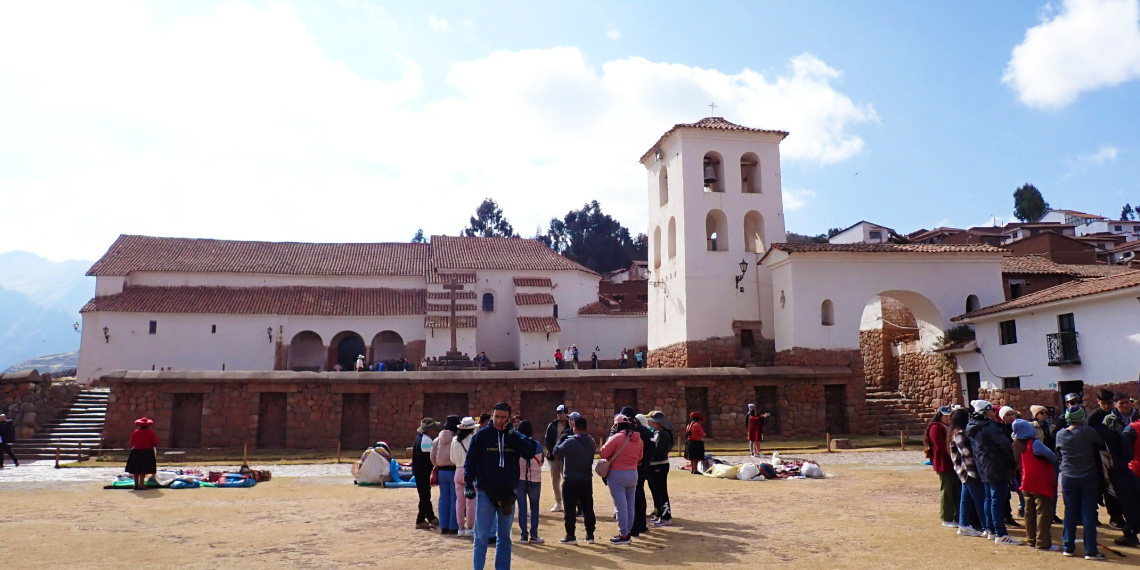

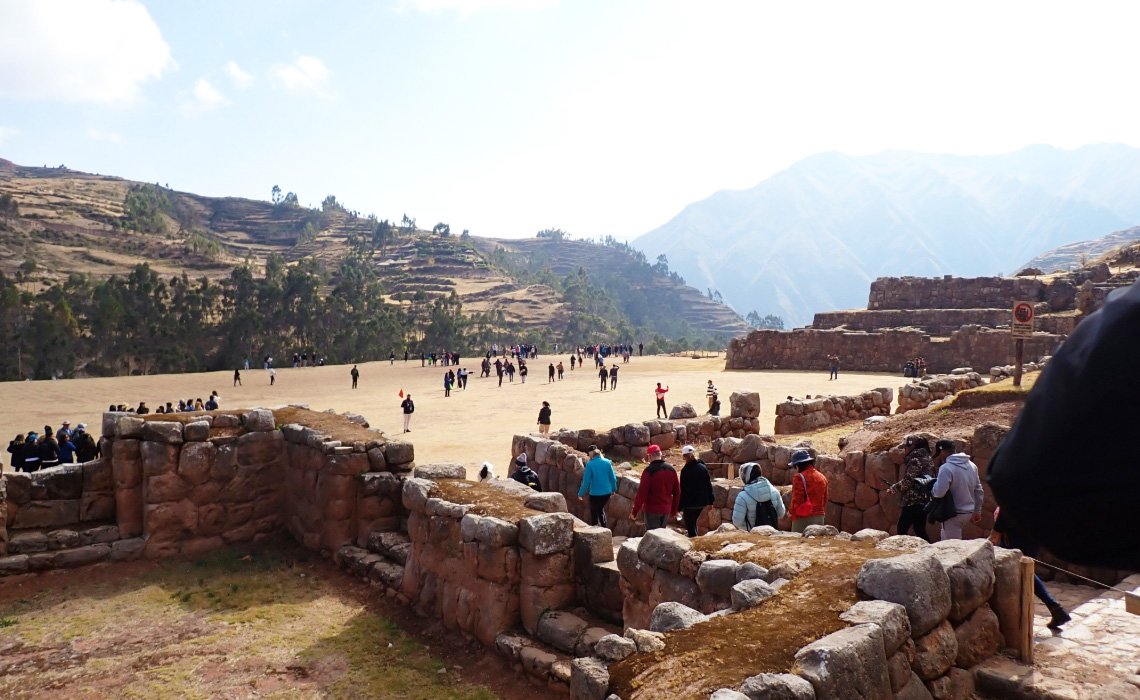
Dig Into History, Revel in Mystery
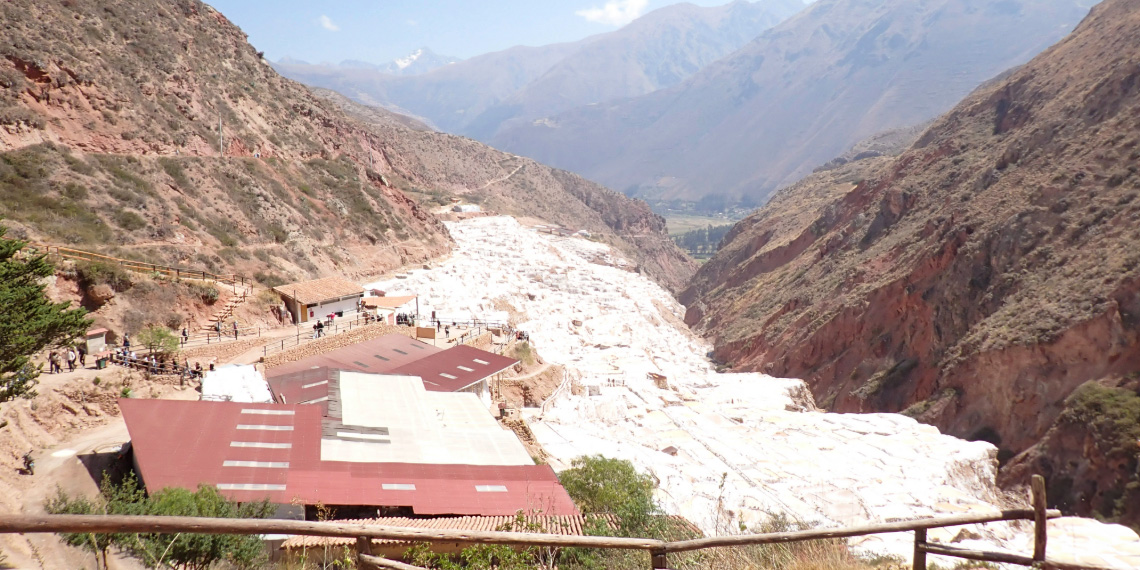
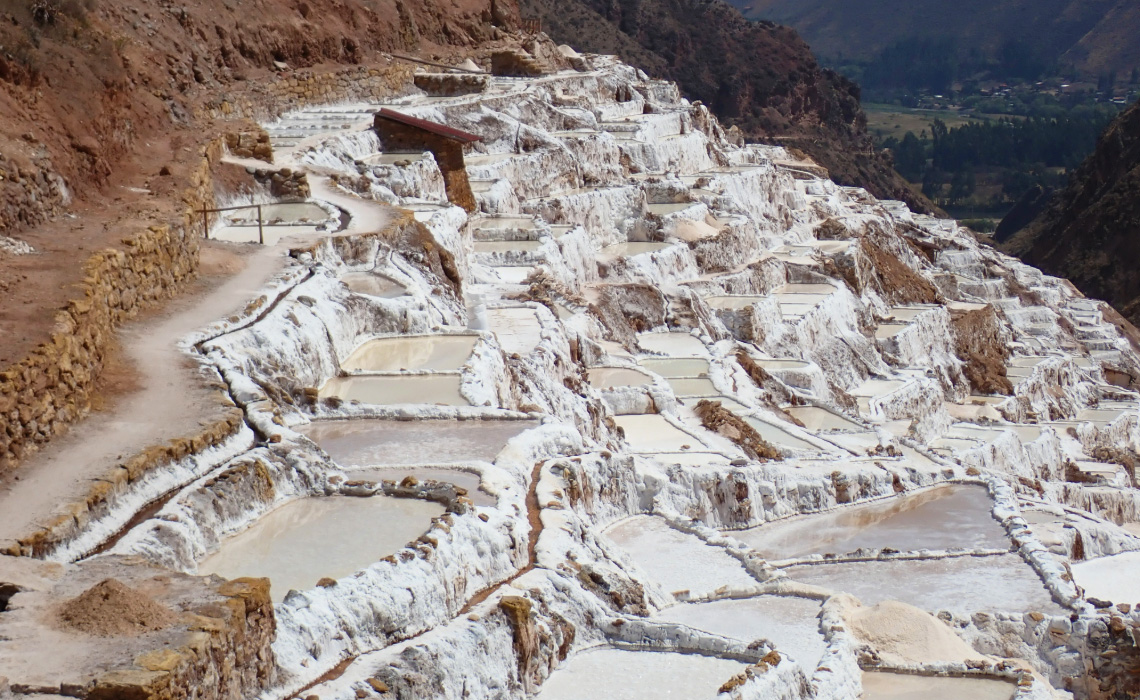
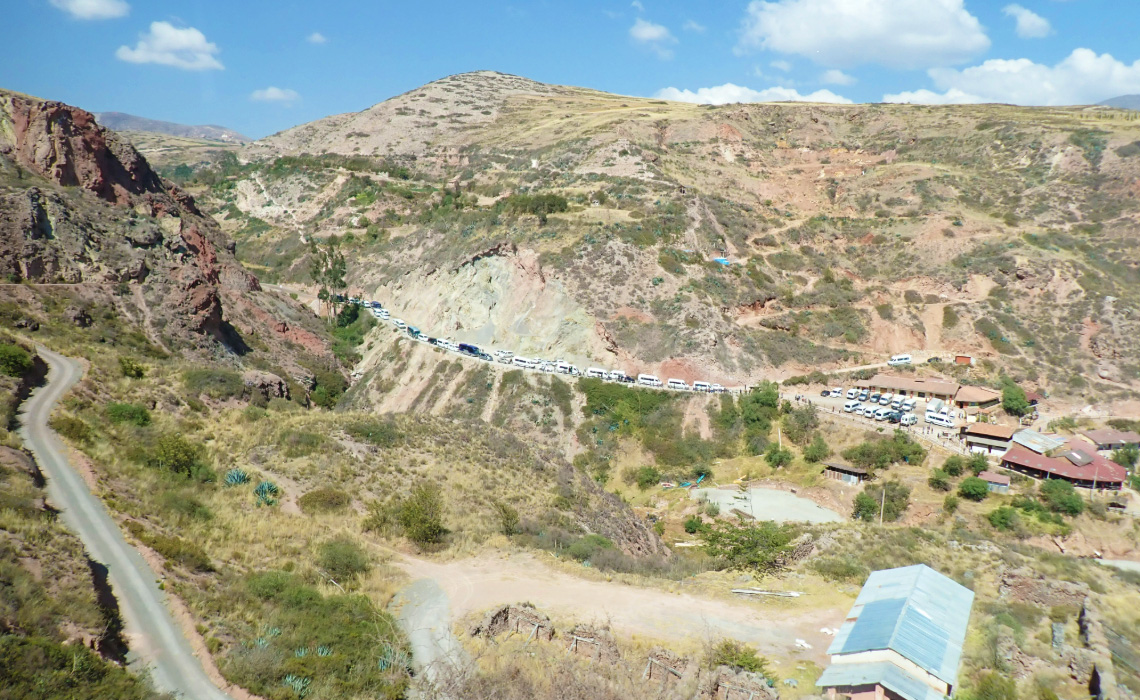
Explore the Roots of Civilization
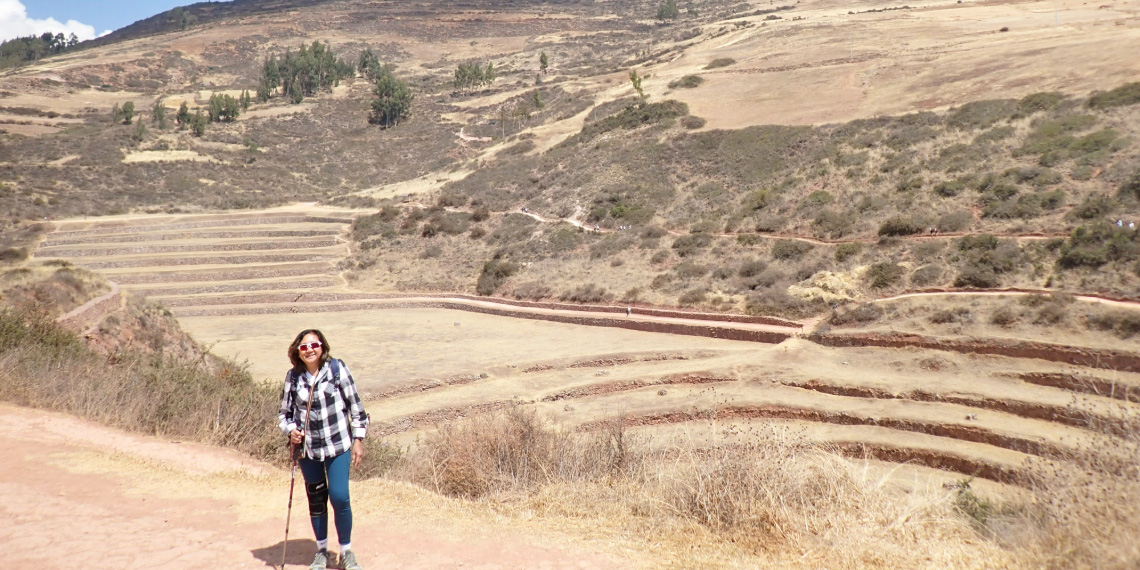
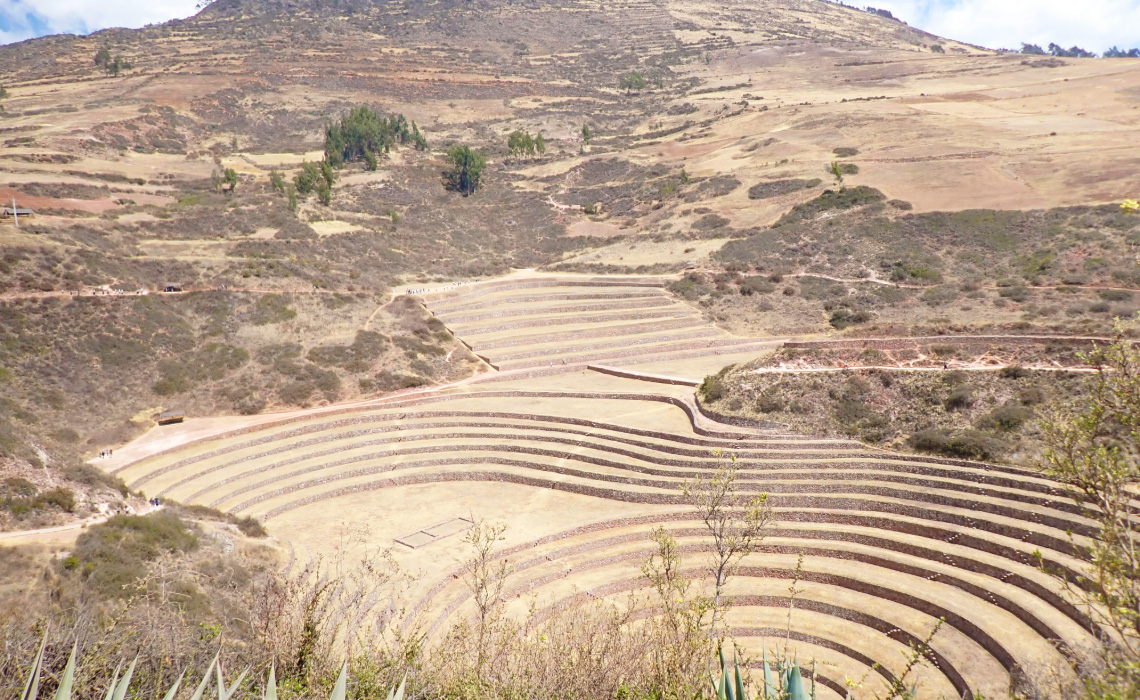
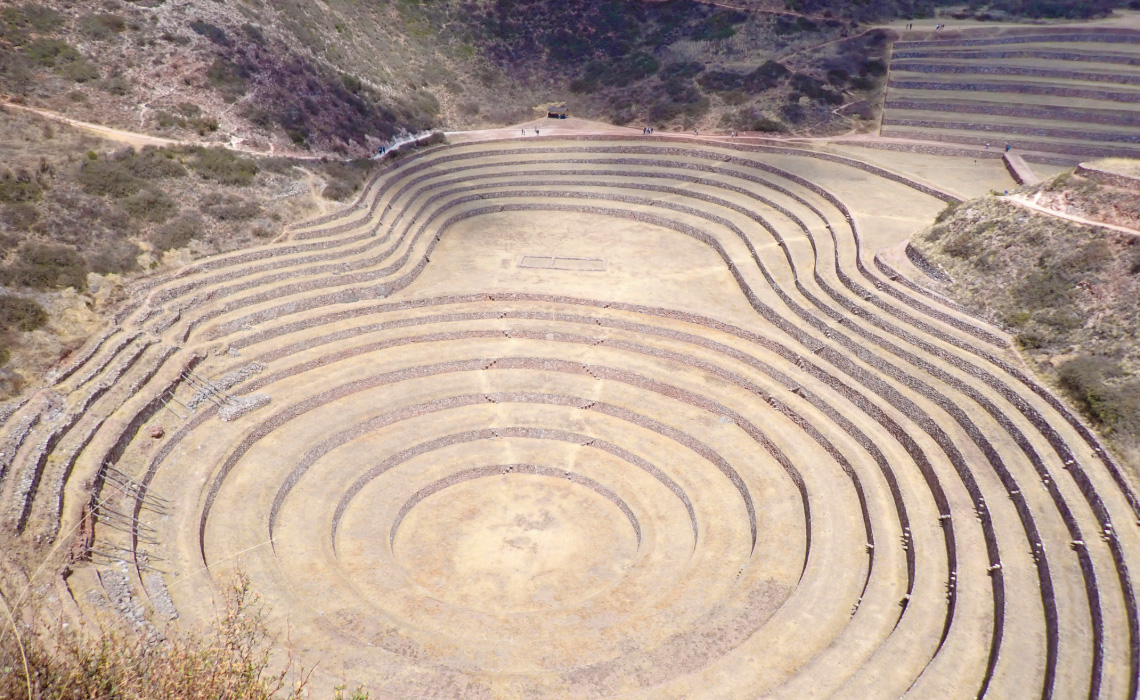
Unlock the Secrets of the Ancients
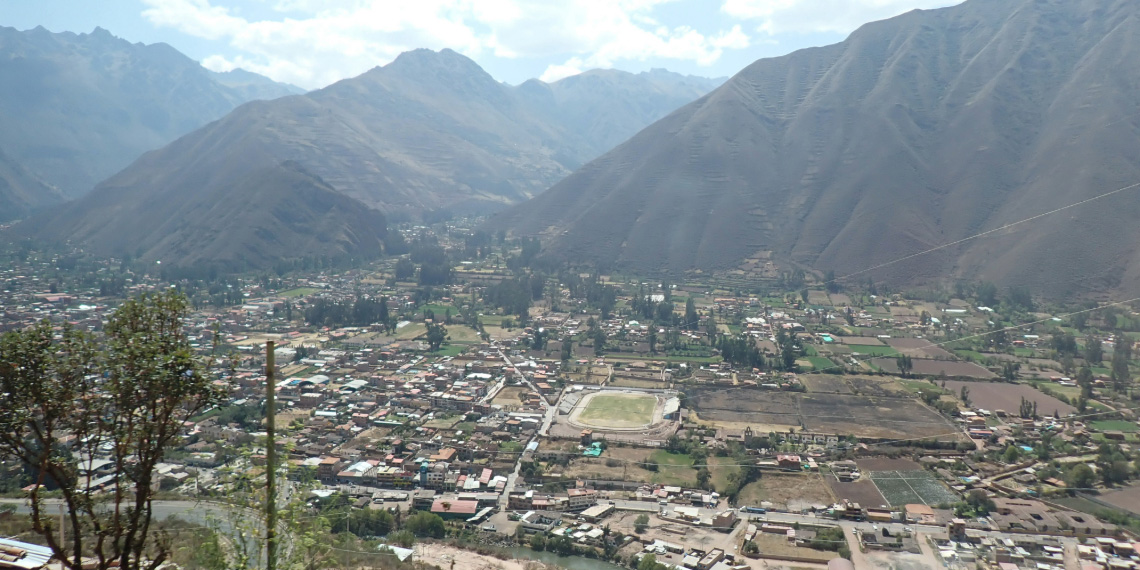
Preserved: Experience the Ageless Wonders
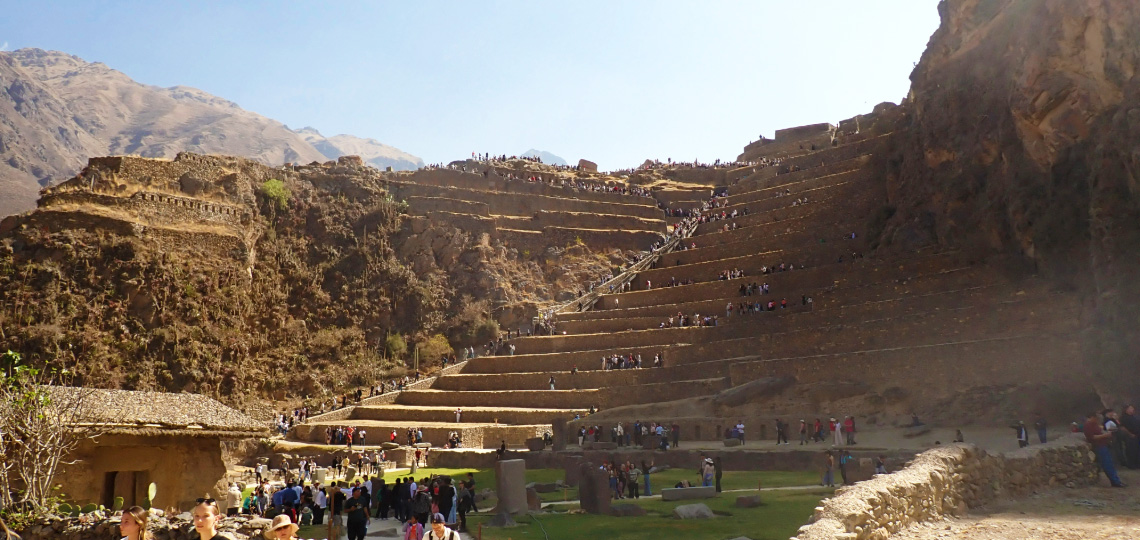
The Archaeological Park of Ollantaytambo, often simply referred to as the Ollantaytambo ruins, is a spectacular historical site in the Sacred Valley of the Incas in Peru. Ollantaytambo was both a strategic military, religious, and agricultural center. The site was constructed during the reign of Emperor Pachacuti, who expanded the Incan territory and developed Ollantaytambo as a fortified complex protecting the valley’s entrance. It served as a gateway to the Antisuyo (the Amazon corner of the Inca Empire), and as a barrier against possible invasions from the lower jungles
Travel Back in Time with Every Visit
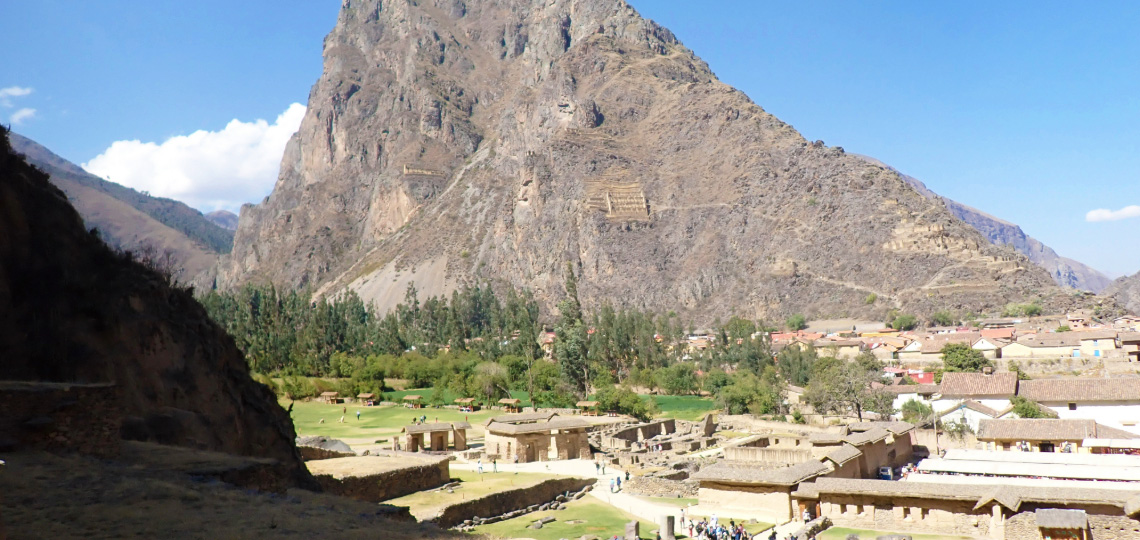
Ollantaytambo was bustling with activity when we arrived, with its parking lot completely filled and some buses even parked far from the site due to the crowd. Our guide emphasized the importance of sticking together as a group, given the influx of tourists that day. He was keenly aware of the potential for anyone to get separated amid the throng.
After parking, we faced a 30-minute walk just to reach the foot of the Inca site. The paths were swarming with visitors from around the world, each eager to explore the ancient ruins. Our guide had set a designated meeting place for us to regroup, which proved essential in managing our movements as a unit.
As our visit concluded, the reality of leaving the site turned into its own adventure. It was jam-packed with tourists, and it took us almost an hour to navigate our way out because of the traffic.
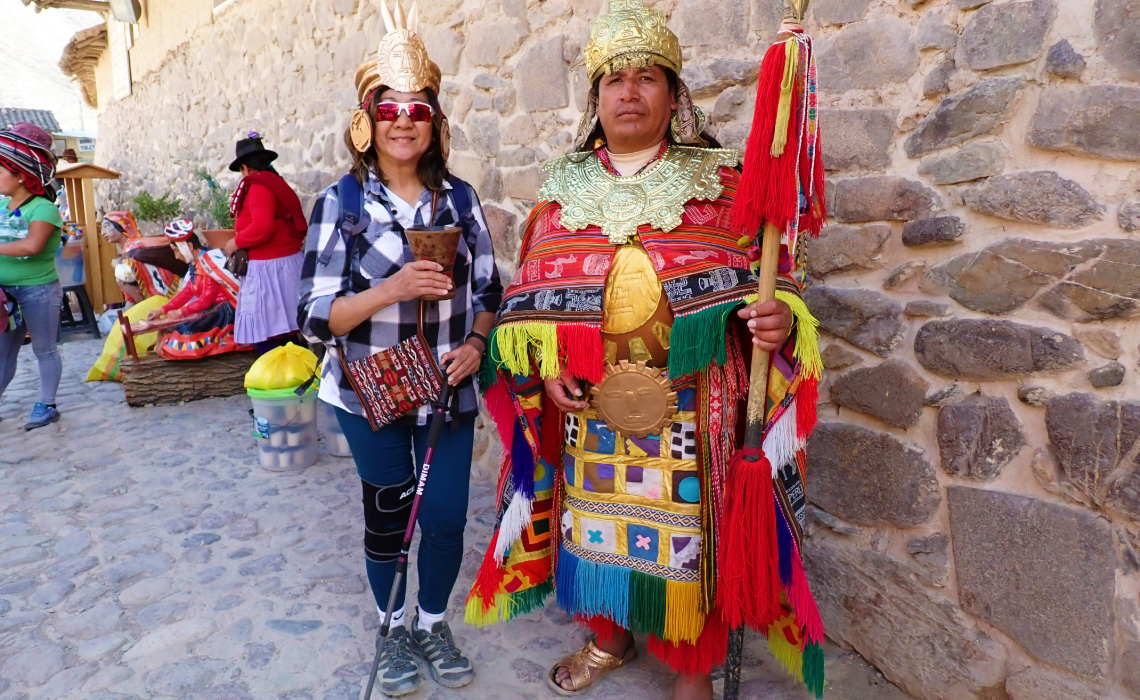
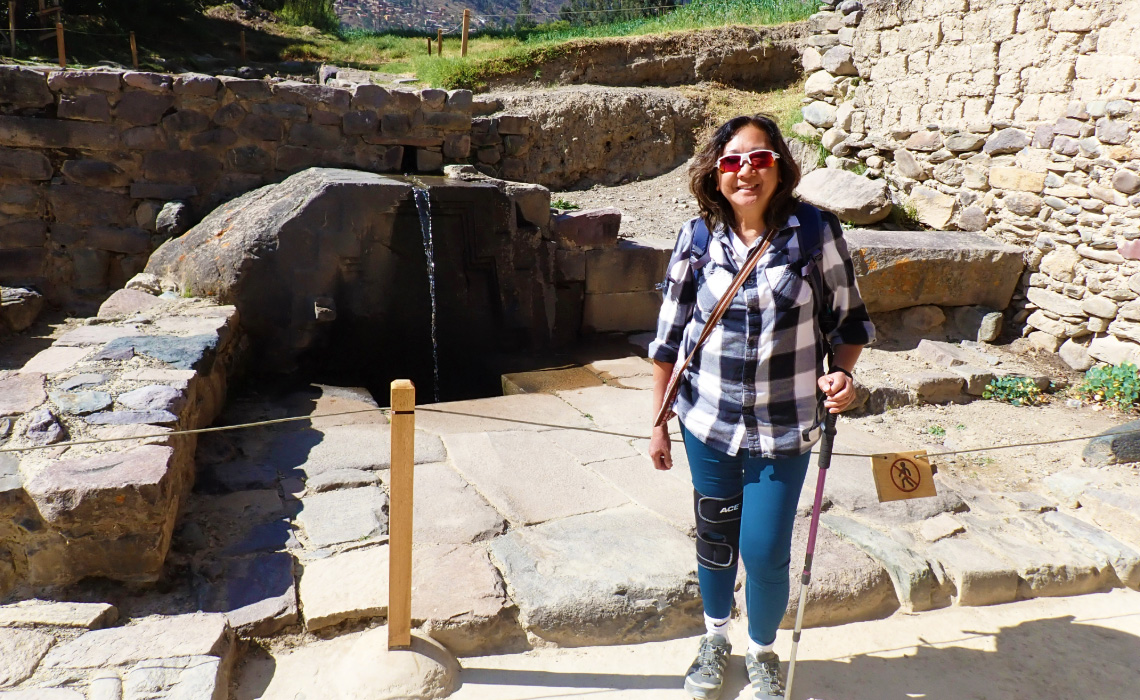 t
t
As I stood at the base of the Archaeological Park of Ollantaytambo, I felt a sense of regret that I couldn’t climb all the way up to see the grandeur of the ruins from above. My legs were already weary from the day’s adventures, and I knew I had to listen to my body. Instead of making the climb, I stayed on the lower ground where the tour guide, kindly offered to give me a personal tour.
He was incredibly accommodating, realizing that I was the only English-speaking person in our group. As we walked around the lower parts of the complex, he shared fascinating insights into the history of this mighty fortress. His stories painted a vivid picture of the past, making the stones and structures around us come alive with tales of Inca warriors and ancient ceremonies.
Sacred Valley: Unearth Centuries of Mysteries
